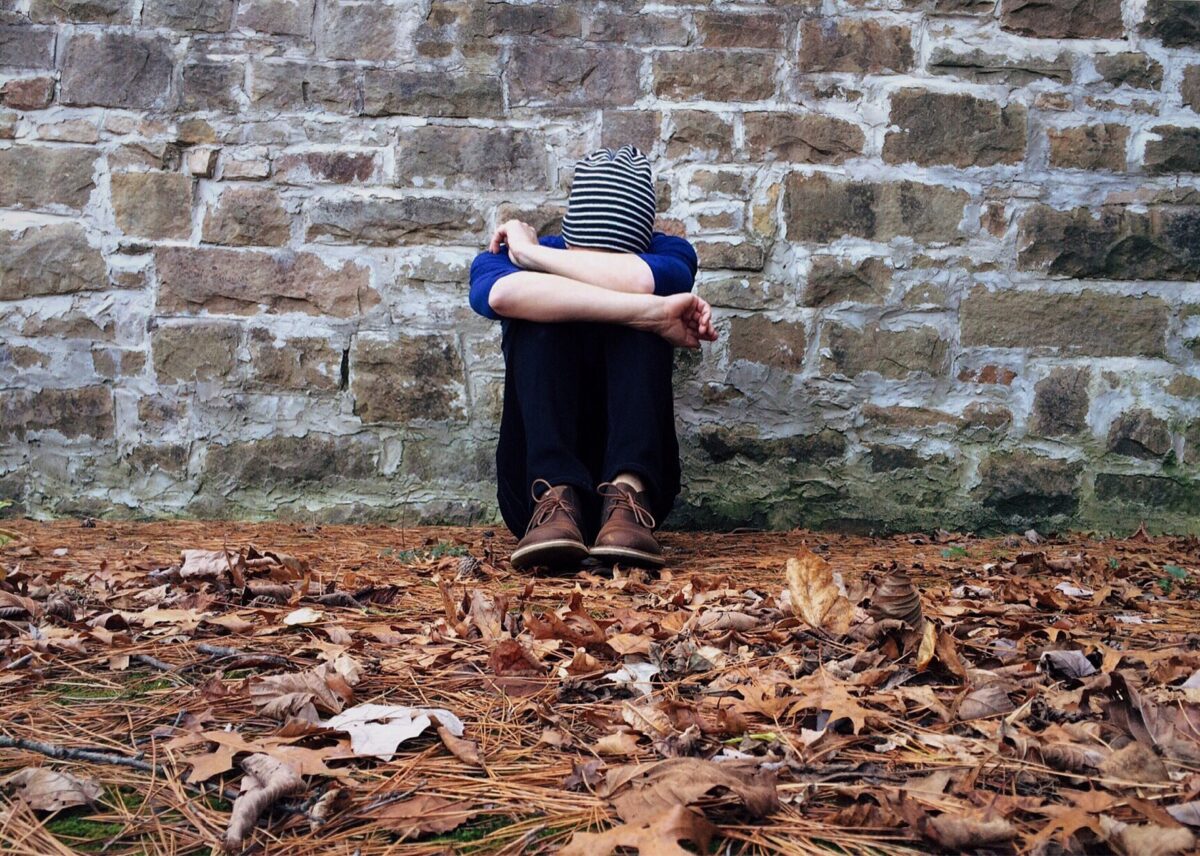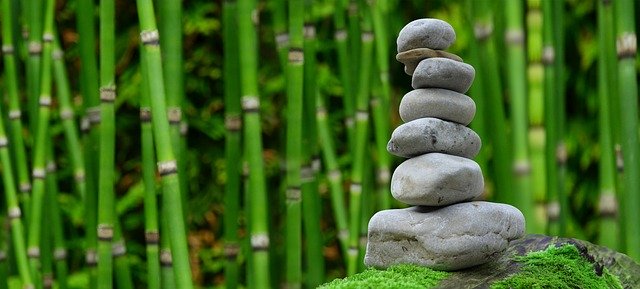The UCLA meditation podcast at the end of April 2021 was conducted by Tom Heah who has particular expertise in movement meditation and offers a range of Mindfulness in Action courses. Tom’s guided meditation on Awareness in Movement and Stillness offers a way to pay attention to bodily sensations with openness and curiosity while moving and keeping still. He makes the point that our body is always in the present moment through our senses while our mind is often consumed with thinking about the past or the future, e.g., planning, analysing, categorising, criticising, or summarising. Tom describes the mind as a “thinking machine” while he sees our body as a pathway to the present moment and mindfulness. His podcast meditation has three core parts – seeing, moving, being still.
Paying attention to what we see
As Tom’s meditation was conducted online via Zoom, he encouraged participants from around the world to turn their videos on and look to see who else is present in the collaborative meditation. He maintained that through our sight we can reinforce our sense of connection to others wherever they may be in the world. He suggested that “separation” is really a “conception of the mind” – ignoring the reality of our connectedness to every living thing. He encouraged participants to spend a short time as they were looking at others to check into their own bodily sensations. Tom reinforced the fact that our bodies enable us to experience our connection to the earth as well as to others.
Paying attention to our bodies while we move
Tom encouraged participants to stand or sit to undertake a number of conscious movements involving the arms, neck, and shoulders. He offered stretching exercises for the arms, neck and shoulder rolls as forms of movement. His main focus was on the bodily sensations experienced while undertaking the movements – encouraging the identification of points of ease or tension.
On completing the movements, Tom suggested that participants choose an anchor to be able to refocus the mind if wandering occurs – e.g., room scanning, focus on sounds within and/or without the room, focusing on the breath or remaining with bodily sensations. He indicated that like a lot of other people his mind has been racing with the advent of the pandemic, as everything in life is impacted – work location, availability of work, physical and mental health, relationships, shopping patterns, income flow and capacity for free movement within a State or outside a country.
Tom suggested that focus on our body and body sensations is a way to still the mind and recapture peace, ease, and tranquility. Movement meditations such as Tai Chi provide an excellent means to build bodily focus and concentration as well as to realise physical and mental health benefits.
Paying attention to our bodies while being still
Tom suggested that the stillness meditation can involve sitting, standing, or lying down – whatever is comfortable and facilitates your ability to get in touch with your bodily sensations. One of the easiest ways to pay attention to bodily sensations is to focus on our feet – observing sensations of touch, tingling, heaviness, connectedness to the floor or ground or other sensation. I find that joining my fingers together from each hand also provides me with easy access to bodily awareness – to a sense of energy flow, warmth, connection, tingling and stillness.
Mantra meditations involving generation of bodily energy through voice and vibration, can still the mind and body. Lulu & Mischka, exemplars of the art of mantra meditations, maintain that in times such as the pandemic, mantra meditations can enable us to achieve both stillness and joy despite the pervasive challenges in our lives. Their stillness in motion mantra meditation epitomises becoming grounded and connected through observing whales and singing while sailing close to these majestic marine mammals.
Reflection
Our bodies are the immediate and accessible pathway to being in the present moment. We can readily still our minds and grow in mindfulness through body scans, chanting, mantra meditations and movement meditations such as Tai Chi. The benefits are enhanced through daily mindfulness practice whatever form it takes according to our preference and however much time we can devote to the practice. The increasing benefits over time serve to provide positive reinforcement so that what may have once been a chore becomes a pleasant and rewarding experience.
___________________________________________
Image by Ria Sopala from Pixabay
By Ron Passfield – Copyright (Creative Commons license, Attribution–Non Commercial–No Derivatives)
Disclosure: If you purchase a product through this site, I may earn a commission which will help to pay for the site, the associated Meetup group and the resources to support the blog.









